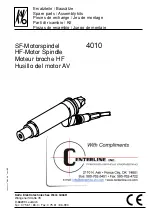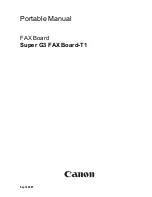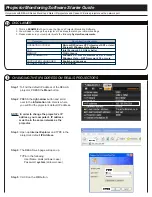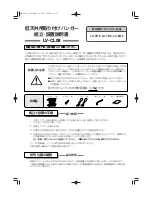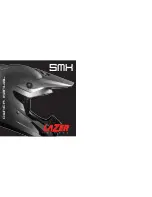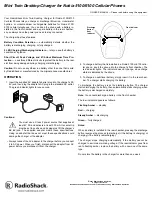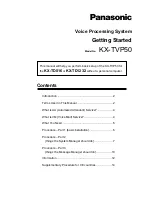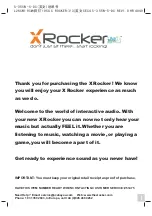
- 3 -
Video 90
Manual
the assembly lock clicks into position and that the head
is locked vertically (so that it cannot be moved anymore
by pan arms).
Á
Open lock of wedge plate as described in 3.2. Move
camera and/or wedge plate from the back of the wedge
plate along the guides until it reaches the end stop.
Á
Push the locking lever in until it touches the head and
secure locking of the wedge plate by lifting safety pin.
3.4 Adjusting the camera’s counterbalance
Á
Hold the camera by securing the pan arm.
Á
Apply horizontal brake and release vertical brake and
tilt safety lock (rocking the pan arms up and down will
facilitate this).
Á
Select 0 on the vertical drag adjustment ring.
Á
Loosen clamp of camera sliding balance plate.
Á
By turning the spindle forwards and backwards move
the camera until you have reached a position where the
camera is balanced horizontally. Rear-heavy cameras
are moved to the front by turning the spindle clockwise,
front-heavy cameras are moved to the back by turning
the spindle anti-clockwise. You will find it easier when
holding the camera in a horizontal position.
Á
Secure sliding balance plate with clamping lever (spindle
drive is self-locking, clamping serves to eliminate play).
Á
Caution:
If you can´t manage to centre the camera, you
should move the wedge plate to a different position on
the tripod mounting adaptor.
Á
Hold the pan arm with your hand and release the coun-
terbalance spring one after another, starting with the
three levers at the front of the head.
Á
After each spring is released, check if the camera will
remain in a tilted position, without moving upwards or
downwards significantly





















